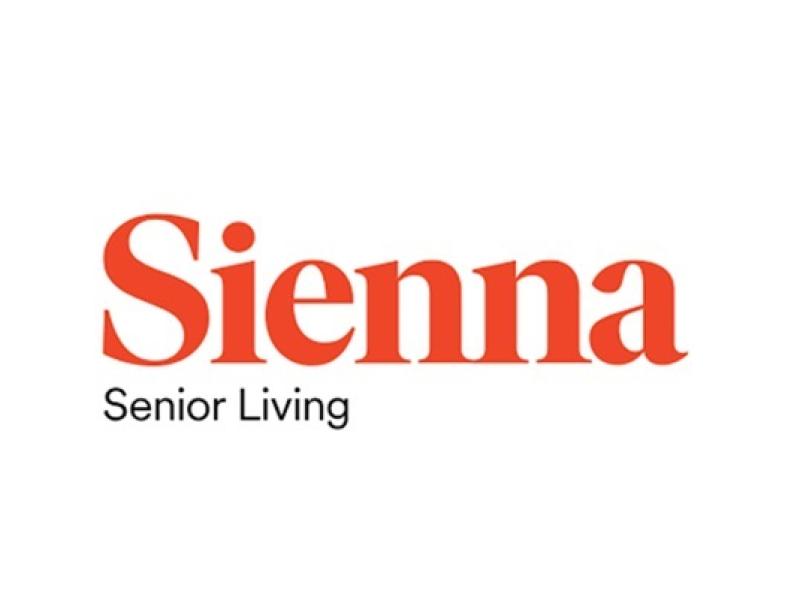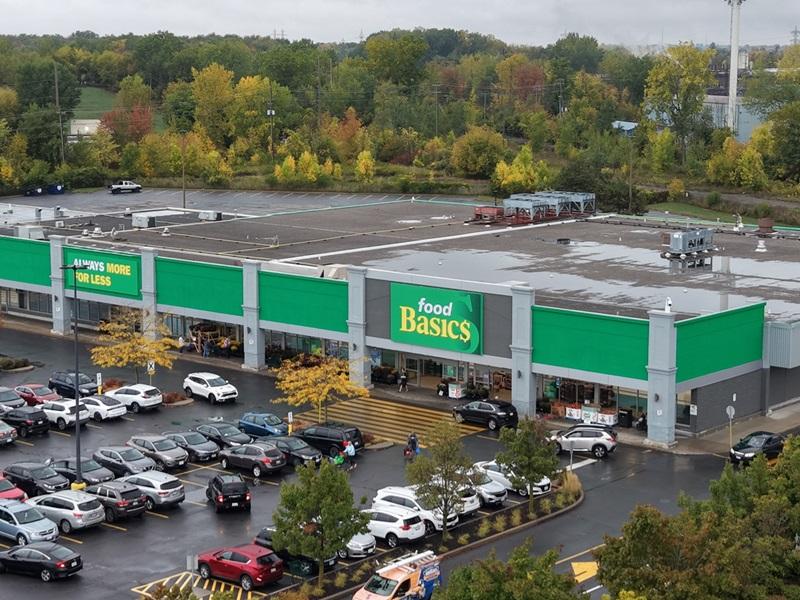
Enfield Place will be a 35-storey, 365-apartment development in Mississauga’s City Centre neighbourhood by GWL Realty Advisors. (Courtesy GWL Realty Advisors)
Demand for new purpose-built rental apartments across Canada has galvanized GWL Realty Advisors into action. The company expects to have a half-dozen major projects in the ground this year and to build as many as 14 apartment developments during the next five years.
“I’ve been with the company 13 or 14 years and I have never seen this much rental development happening,” GWL Realty Advisors’ Wendy Waters told RENX. “From Montreal to Vancouver, there’s projects happening.”
She said the demand is coming from both people who want to live in new apartment properties and from investors who want to own the buildings.
“Most of our clients want more multiresidential, and our clients are pension funds, institutional and so forth,” said Waters, the firm’s vice-president of research services and strategy. “They want more of this, but because they are so expensive to buy existing ones, returns are low.
“If we develop, we can provide a better financial return for them and we can get product. One reason why new buildings are so expensive (to acquire) is because there are lots of institutions who want them, so we are building to be able to provide product.”
Low vacancy, more demand from families
GWL Realty Advisors recently released a research paper exploring the sector and laying out its own plans for the next few years.
It quotes CMHC data showing apartment vacancy rates in cities such as Toronto and Vancouver hovering between one and 1.5 per cent.
That number is not just for traditionally popular one-bedroom units, either; in both cities vacancy for two- and three-bedroom units is below 1.5 per cent.
Waters said this market segment is growing as more families choose to rent for a variety of reasons: affordability, a trend toward downtown living and an end to the stigma that used to be attached to renting your home.
“It’s not just something a family or a couple may do because they don’t have other options, it’s that they are choosing a more urban lifestyle where the parents are walking to work or have a very short commute,” Waters said. “We’ve been seeing a trend to more families in urban spaces, in condos and rental.
“By the number of families which own condos and are raising children there, any stigma related to raising a child in an apartment has largely disappeared, which might have been there in the ’80s.
“Now it can be very chic.”
Enfield Place apartments
Waters pointed to Enfield Place in Mississauga, just west of Toronto, as a confluence of several trends. Announced in February, Enfield Place will be a 35-storey, 365-apartment building in the City Centre neighbourhood.
Construction is to begin this year pending final approvals.
It’s close to major roads, existing bus and rail transit, a planned future LRT station, Mississauga City Hall, Sheridan College and the Square One shopping centre.
“This project is a site we’ve had for a while for this client,” Waters said. “The Square One area has been evolving quite quickly and it is becoming better-served by transit.
“The retail and restaurant amenities in the area have been improving, so we really like the neighbourhood.”
It’s also about to experience explosive growth via a massive multi-use redevelopment by Oxford Properties and AIMCo.
Announced in January, Square One District would result in 18,000 new residential units in an 18-million-square foot, 130-acre multi-use community.
It would include up to 37 high-rise towers.
“We are ahead of most of those new developments you have been reading about, so we’ll be open first,” Waters noted. “We would like to actually be open before the Oxford/AIMCo project gets underway.”
Demographics support GWL Realty Advisors’ plan to make 40 per cent of the apartments in Enfield Place two- or three-bedroom units.
“The families are already there in Mississauga,” Waters said, noting census data shows 39 per cent of area residents living in apartments or renting condos are families with children.
“It is quite a bit higher than the Toronto CMA generally or the City of Toronto, so it’s a place families go to rent. So, we are building to a market that is there and it’s a market we want to capture.”
Bedrooms vs. affordability

GWL Realty Advisors’ The Livmore apartment tower in Toronto. (Courtesy GWL Realty Advisors)
Hand-in-hand with bedroom count is affordability. Waters said GWL Realty Advisors’ developments are redistributing the square footage of apartments, rather than expanding floor space.
“I think renters are really focused more on the bedroom count than the square footage. That’s what we’ve found,” she explained.
“A lot of people might love to have a 1,200-square-foot two-bedroom, but what we would have to charge for that is not something a lot of renters would be prepared to pay.”
This puts increasing emphasis on building amenities – but these spaces in turn offer financial benefits to residents.
Waters said large projects such as Enfield incorporate “multi-purpose gymnasiums” among the features.
Pet and bicycle facilities, party rooms, communal spaces, fitness centres, electric vehicle charging stations, outdoor terraces, barbecue areas and more can be included in the mix.
“If the building provides you with some of these services that you might otherwise need to go and purchase, you might be able to stretch your budget to pay a little more rent,” Waters observed. “If we put in a really good, professional-quality fitness centre, people don’t have to pay what another club costs.
“It makes the building slightly more affordable because people can say, ‘I’m not going to go to the indoor children’s play space at the mall as much because we’ve got a play space at our apartment.’ ”
GWL Realty Advisors’ top markets
At the 595-apartment Livmore in Toronto, residents don’t need to go out to a bar to have a pub-like experience.
“It’s got a really nice TV lounge/bar space where you can have friends over, bring your beers down there, watch the game, watch the Netflix show. That’s quite a bit cheaper than going out to a bar or a nightclub or restaurant, because you can bring your own drinks and snacks and hang out in that room.”
Waters said GWL Realty Advisors is focusing its building program on major urban centres.
“We like all of the major cities. We probably have the most in the pipeline in the GTA, and then Calgary and Edmonton,” she said. “We also have Montreal and Vancouver.
“We have two projects in Vancouver (Lower Lonsdale and 1500 Robson). We would love to have more – it’s just a very expensive market to make a project in.”
Finally, Waters said building flexibility into the buildings is essential, because of the firm’s build-and-operate strategy.
“The plan is that our clients are going to own it for the long term,” Waters said. “That is why we put a lot of attention into our design and strategizing for these buildings, because it is not just going to have to work in 2021 or 2022 when it opens, it’s going to have to work in 2042.”







